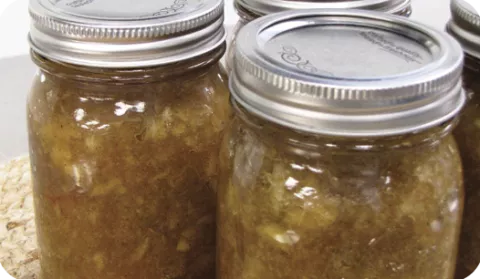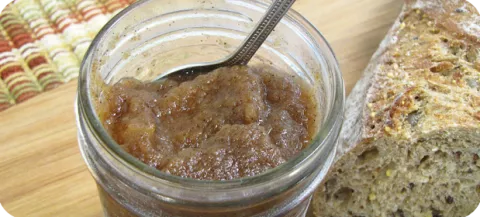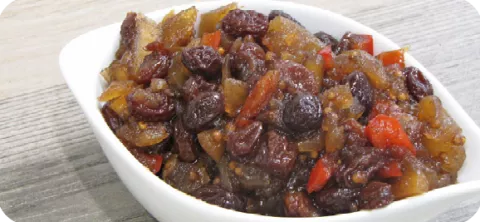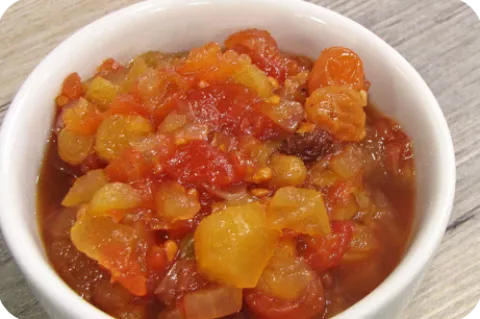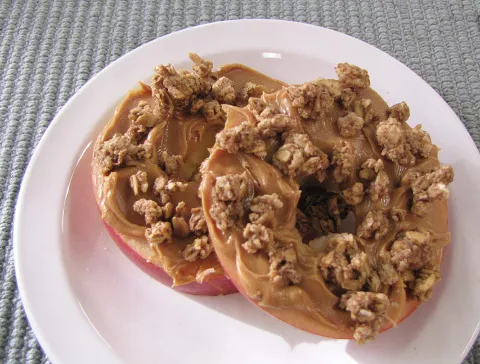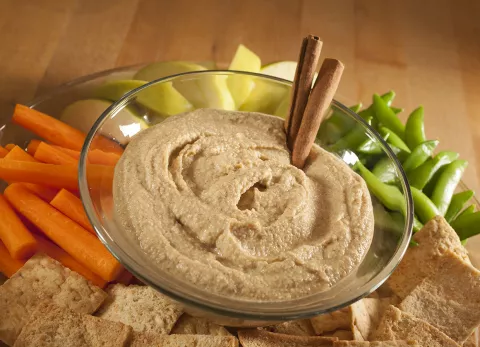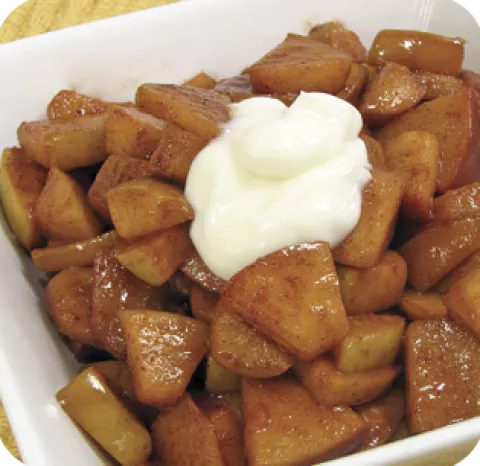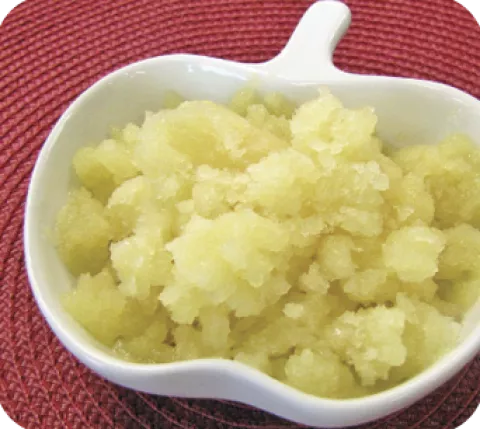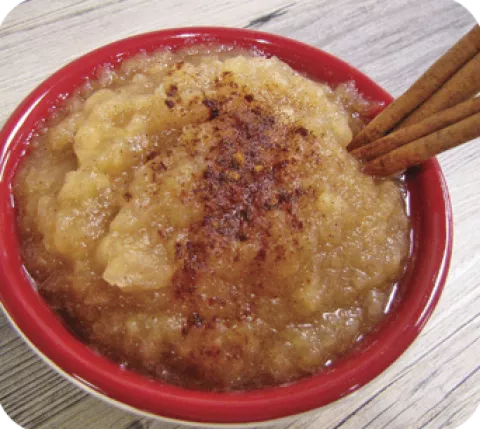1. Hoover, E.E., E.S. Tepe and D. Foulk. (2015). Growing apples in the home garden. University of Minnesota Extension,
www.extension.umn.edu/garden/yard-garden/fruit/apples-in-home-garden/
2. Kalb, T. (2016). Tree fruit culture and cultivars in North Dakota (H327). NDSU Extension Service, www.ag.ndsu.edu/publications/lawns-gardens-trees/tree-fruit-culture-and….
3. Ferretti, G., I. Turco and T. Bacchetti. (2014). Apples as a source of dietary phytonutrients: bioavailability and evidence of protective effects against human cardiovascular diseases. Food and Nutrition Sciences, 5,1234-46.
4. Boyer, J., and R.H. Liu. (2004). Apple phytochemicals and their health benefits. Nutrition Journal 3, 5.
5. Oliveria, M.C., R. Sichierei and A.S. Moura. (2003). Weight loss associated with a daily intake of three apples or three pears among overweight women. Nutrition, 19, 253-256.
6. Mink, P.J., C.G. Scrafford, L.M. Barraj, L. Harnack, C.P. Hong, J.A. Nettleton and D.R. Jacobs Jr. (2007). Flavonoid intake and cardiovascular disease mortality: A prospective study in postmenopausal women. American Journal of Clinical Nutrition, 85(3), 895-909.
7. Knekt, P., S. Isotupa, H. Rissanen, R. Jarvinen, S. Hakkinen, A. Aromaa and A. Reunanen. (2000). Quercetin intake and the incidence of cerebrovascular disease. European Journal of Clinical Nutrition, 54, 415-417.
8. Liu, J.R., H.W. Dong, B.Q. Chen, P. Zhao and R.H. Liu. (2009). Fresh apples suppress mammary carcinogenesis and proliferative activity and induce apoptosis in mammary tumors of the sprague-dawley rat. Journal
of Agricultural and Food Chemistry, 57,
297-304.
9. Xing N., Y. Chen, S.H. Mitchell and C.Y.F. Young. (2001). Quercetin inhibits the expression and function of the androgen receptor in LNCaP prostate cancer cells. Carcinogenesis, 22(3), 409-414.
10. Eberhardt, M.V., C.Y. Lee and R.H. Liu. (2000). Nutrition: Antioxidant activity of fresh apples. Nature, 405, 903-904.
11. Marchand, L.L., S.P. Murphy, J.H. Hankin, L.R. Wilkens and L.N. Kolonel. (2000). Intake of flavonoids and lung cancer. Journal of National Cancer Institute, 92(2), 154-160.
12. Knekt, P., R. Jarvinen, R. Seppänen, M. Heliövaara, L. Teppo, E. Pukkala and A. Aromaa. (1997). Dietary flavonoids and the risk of lung cancer and other malignant neoplasms. American Journal of Epidemiology, 146(3), 223-230.
13. Willers, S.W., G. Devereux, L.C.A. Craig, G. McNeill, A.H. Wijga, W. Abou El-Magd, S.W. Turner, P.J. Helms and A. Seaton. (2007). Maternal food consumption during pregnancy and asthma, respiratory and atopic symptoms in 5-year-old children. Thorax, 62(9), 773-79.
14. Butland, B.K., A.M. Fehily and P.C. Elwood. (2000). Diet, lung function and lung function decline in cohort of 2512 middle aged men. Thorax, 55, 102-108.
15. Woods, R.K., E.H. Walters, J.M. Raven, R. Wolfe, P.D. Ireland, F.C. Thien and M.J. Abramson. (2003). Food and nutrient intakes and asthma risk in young adults. American Journal of Clinical Nutrition, 78, 414-421.
16. Remington R., A. Chan, A. Lepore, E. Kotlya and T.B. Shea. (2010). Apple juice improved behavioral but not cognitive symptoms in moderate-to-late stage Alzheimer’s disease in an open-label pilot study. American Journal of Alzheimer’s Disease and Other Dementias, 25(4), 367-371.


